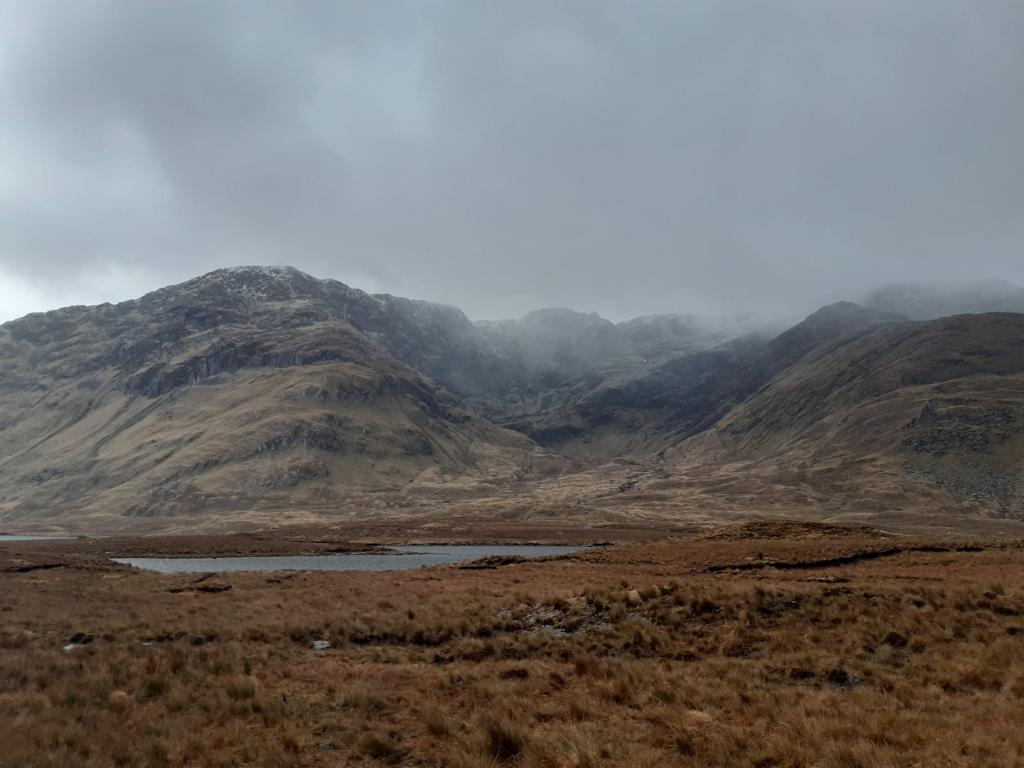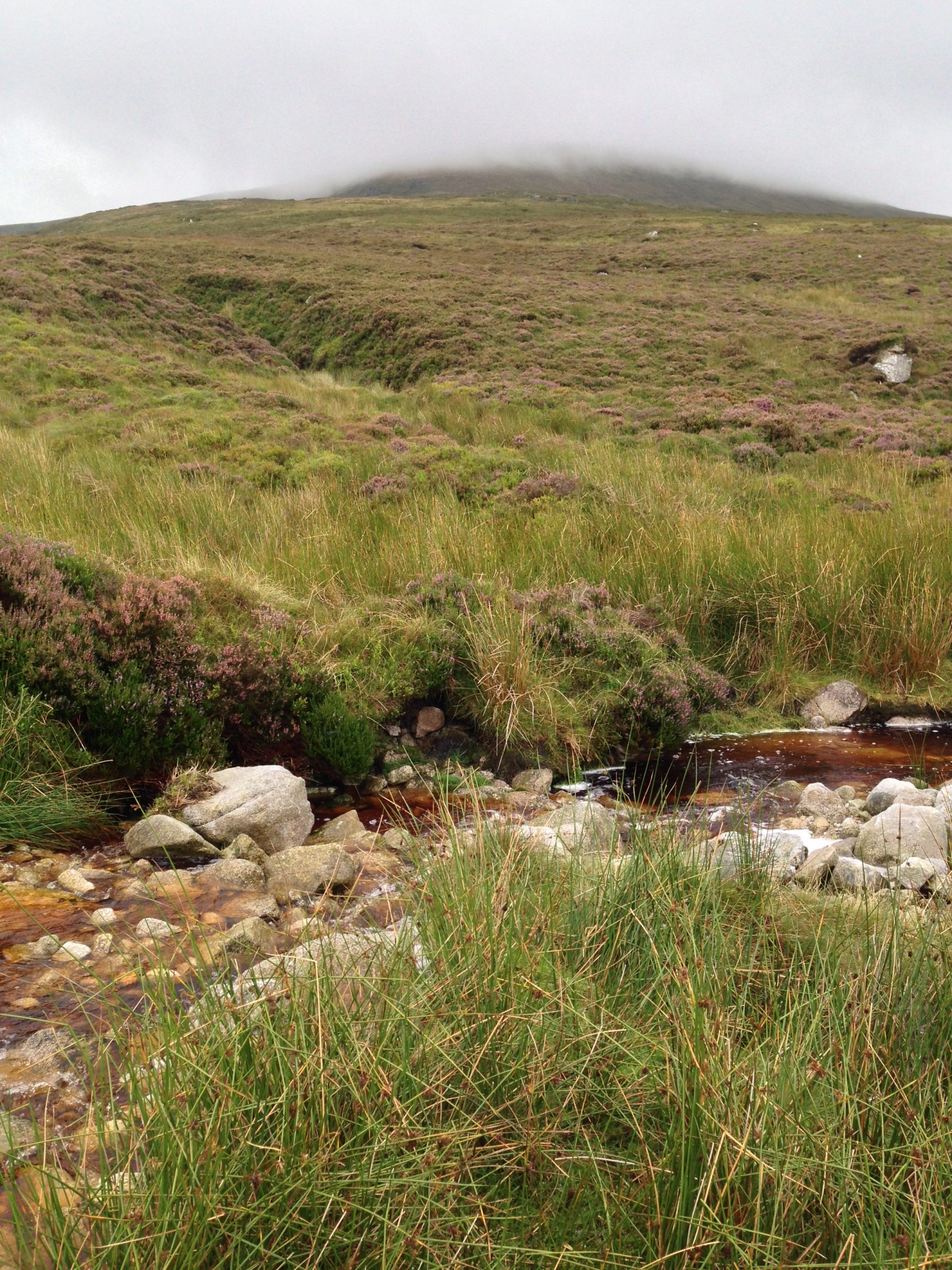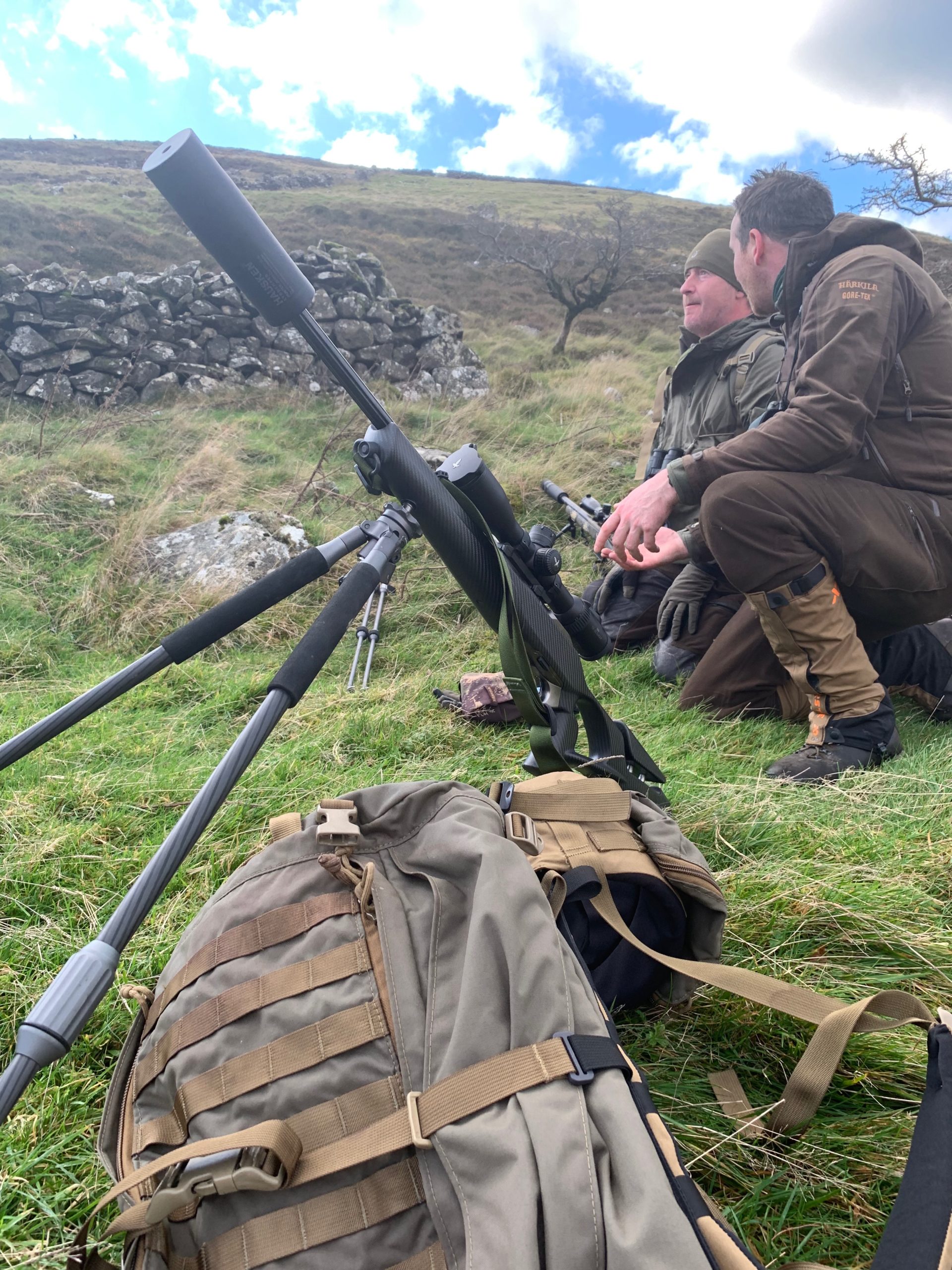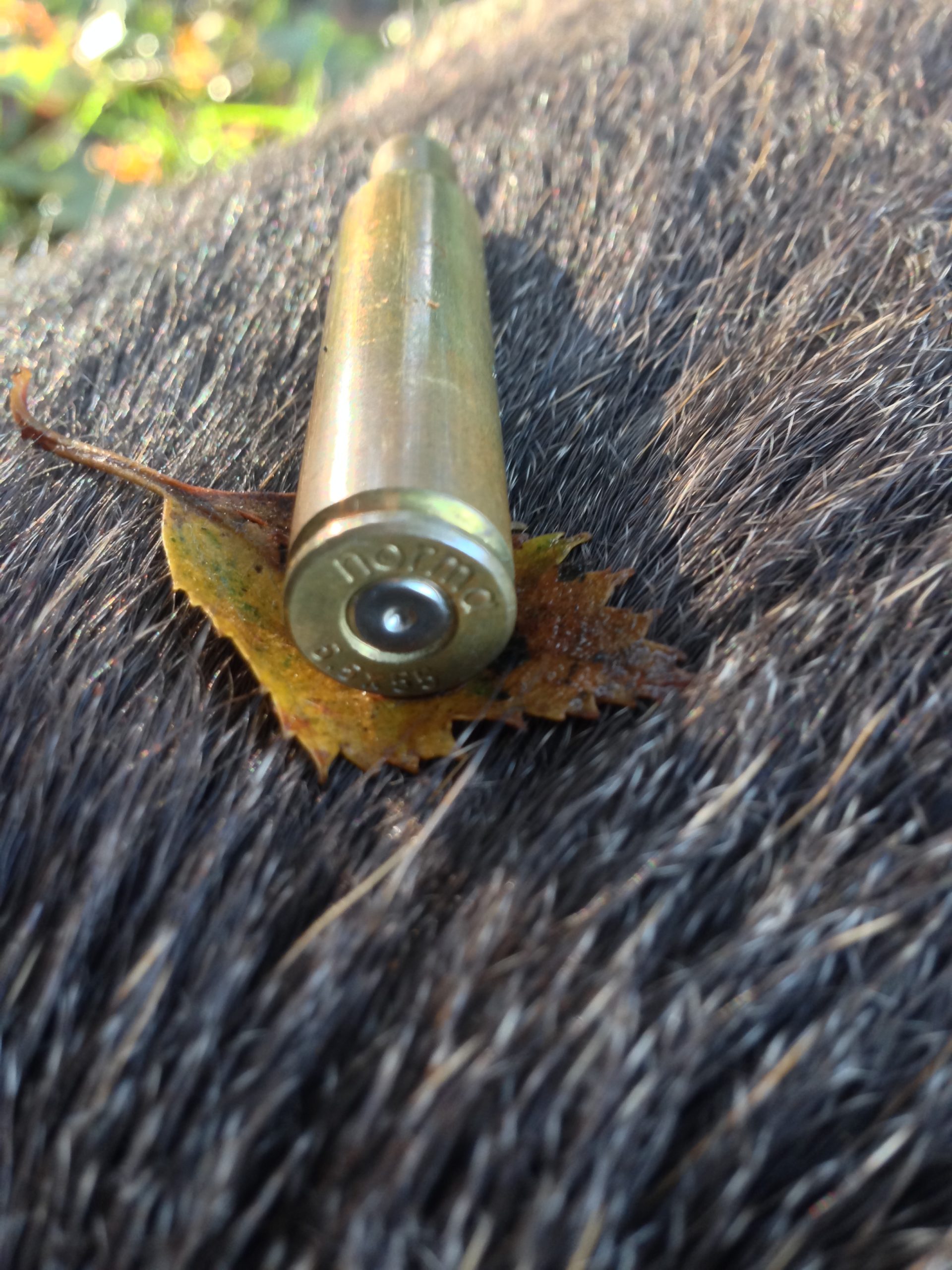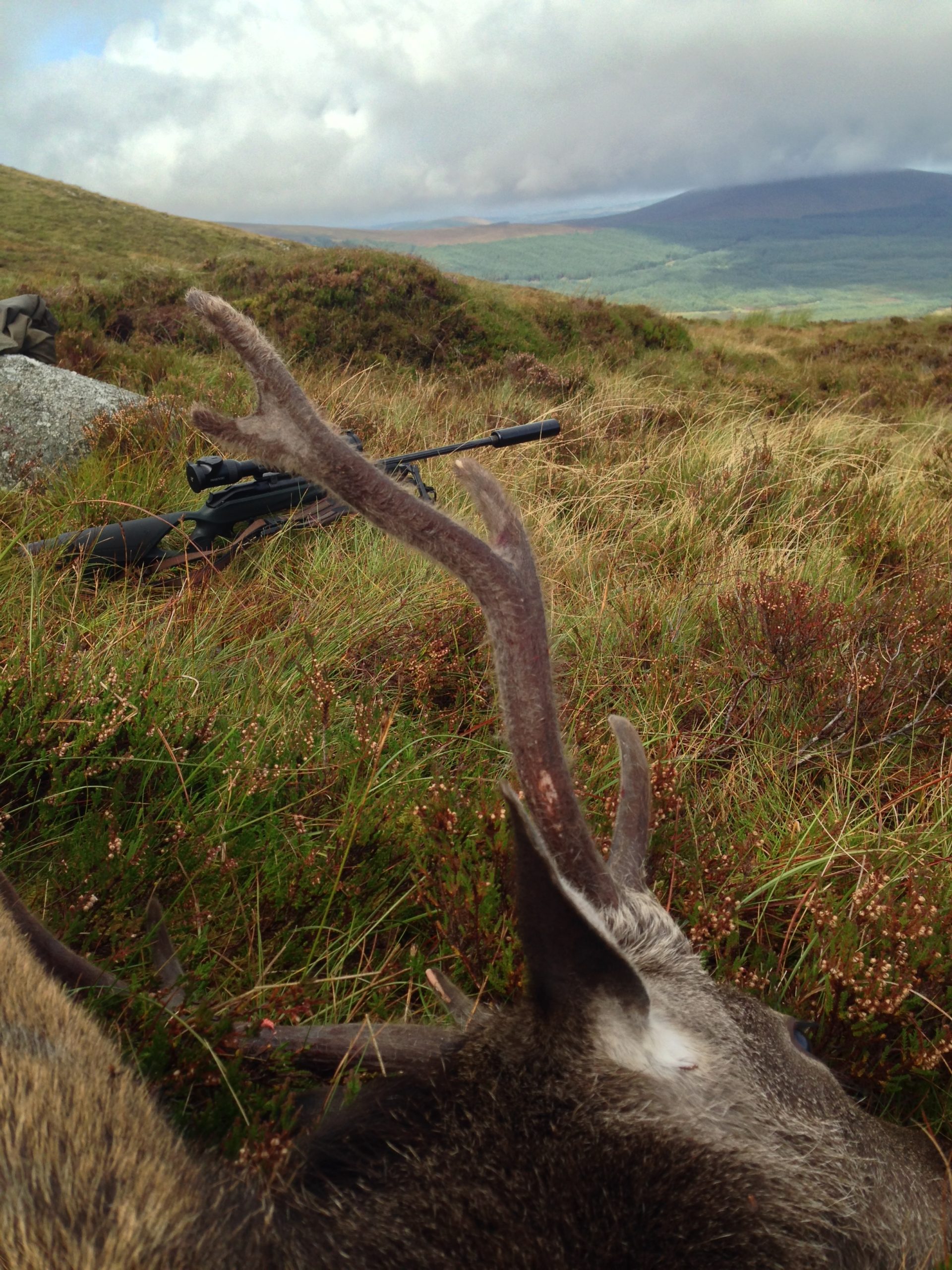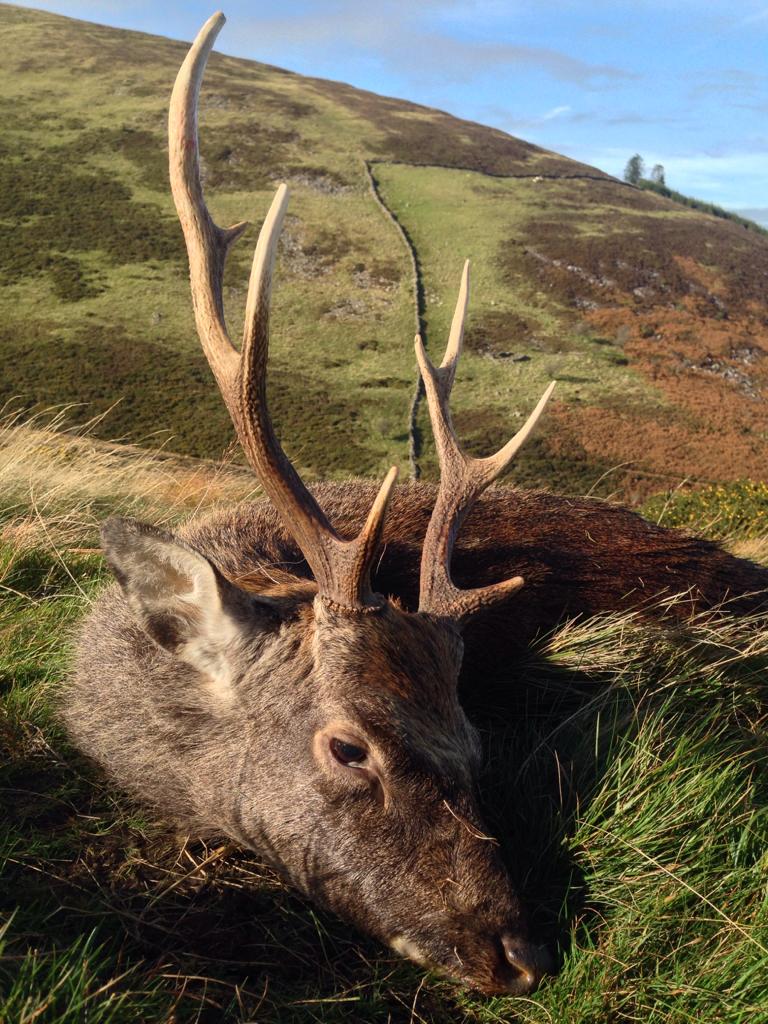It’s early September and the deer hunting season has just opened in Ireland. I eagerly await to be joined by my hunting colleagues at the entrance to the forest. Light coloured fumes from the Landrover Defender are billowing into the night sky. In the distance, I hear the faint whistle of a Sika stag. Sika stags make three whistles as their mating call. It can be eerie at the best of times but an unforgettable sound. Shortly after, I am delighted to hear the jeep moving towards me up the gravel track.
Within minutes they have arrived safely, we greet each other in the muffled toned voices that are the common between fellow hunters. The deer may be kilometres away, but no one is taking any chances! Parking our vehicles at the trailhead in the pre-dawn hours my focus now turns to getting my equipment in order, for this Sika stalking adventure. We were going to camp out on the hill for three days and re-hone our stalking skills after a 6-month hiatus. In Ireland the deer stalking – hunting season runs from the 1st of September until the 28th of February. Stalking, followed by camping out, on your hunting grounds is an incredible experience and one I recommend everyone should take in.
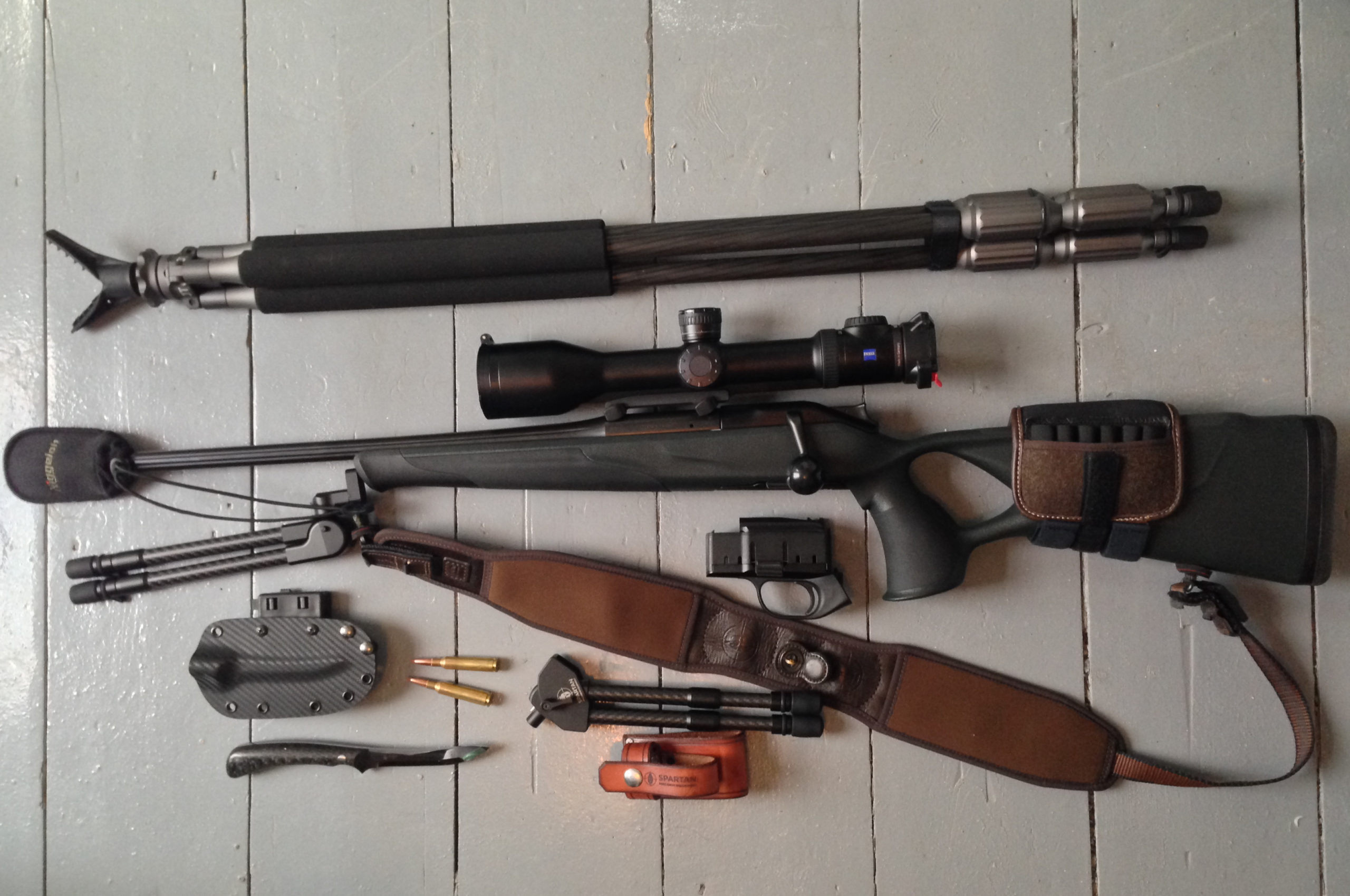
Sika Cervus Nippon Nippon Sika are indigenous to eastern Asia, the Japanese islands, Taiwan and the mainland from Manchuria to Vietnam, and introduced to Ireland by Lord Powerscourt in 1860. Victorian deer parks being fashionable at the time, the four original Sika — one stag and three hinds — were purchased as ornamental park deer. 160 years later they had escaped the parks and flourished, truly wild despite their origin. They now occupy the entire mountainous county of Wicklow on the East coast of Ireland and have spread too many other counties. There has never been a census of deer conducted in Ireland, though the population of Sika is estimated to be around 35,000 animals. The male is known as a stag, and weighs between 50-60Kg; females referred to as hinds weigh between 30-40Kg. The stags have a shoulder height of 70 to 95cm, while the hind is somewhat smaller, at 50 to 90cm at shoulder height. Hinds give birth to a single spotted offspring (calf- approximately 2Kg) from May to early June after a gestation period of 7 ½ months.
There can always be a bit of anxiety before a hunt, although best described as excitement, as we determined our route to take on the mountain. Loading a heavy pack on your back brings you down to earth pretty quick, but we welcomed the load and headed off on a three-day trek in the Wicklow Mountains. We cross the river that seems to be unusually high for this time of year — in jest we praise ourselves for maintaining dry boots and complement out gaiters. As we leave the forest to move onto the open ground, we scan the hills at first light and make out shapes. We can faintly make out the grey shapes, a herd of Sika. As the second’s pass, the light becomes more agreeable to finding Sika still in their summer coats. The summer coats of sika deer may be light in colour, but so is the deer grass that covers the hillsides. Scanning the hills using my Spartan Precision quad stick to support my Swarovski EL binoculars, I confirm that the herd of deer spread out in front of us at a distance of 350 meters are all hinds. It is great to see a herd of Sika numbering around 60 animals, made up of hinds, yearlings, and calves, so early into the hunt. Talking to one’s self is a common trait amongst hunters, “If the hinds are this low on the mountain the stags are going to be high up!“ or “The golden hour has not disappointed.” Being that we are hunters, we are happy to catch even a glimpse of deer, and sneaking past a herd to get to the high ground is another thing entirely. Using the terrain to evade sight of the extremely alert Sika deer is challenging, but in Doric terms, it’s simply good fun.
Sika deer are short on stature but high on attitude. They will test your skill, humble you in seconds, and leave you wanting more. Using a bottle of powder to produce puffs, or as we call it the papal white smoke, to determine wind direction and be conscious that thermals will soon come in to play, we trudge on. Crossing mountain streams, leapfrogging from rock to rock and keeping your head below the parapet of the mountain drainage — while having your home on your frame pack — is challenging. You must be conscious not to fall, knock your rifle off, or wreck yourself. I am certainly thankful I invested in a decent rifle cover for such occasions.
After two hours of hiking, we leave the beige coloured deer grass that saturates the lower mountain slopes, and move on to the purple heather-clad hills of the mountain. The hills of Wicklow may not be the Rocky Mountains, but trust me when I say that the damp ground clad with heather will test anyone’s fitness. High on the plateau, we make camp in a small sheltered, dry area. Learning from experience, we make camp in daylight and hatch a plan. We separate and stalk into different corries – valleys setting out rules for animals to be culled, and safe stalking procedures in case the worst happens. Being prepared and self-reliant in the mountains is a tier-one priority. The sun is well in the sky at this stage, and a slight breeze is greeting my face. I am thankful for this for several reasons. First, it lets you know your wind direction, and secondly, it keeps the midgets at bay. Every hill stalker knows the plight of these little critters. I have watched deer appearing to have lost all sense and reasoning run wildly up and down a mountainside in minutes that would take us hours to traverse — shaking their heads and snorting like dragons.
Having reached the high ground, I drop my frame pack. Remembering this time to leave a small section of orange material as a marking point. The strip of florescent colour dances in the slight breeze. It can be great fun looking for your pack after a stalk and one can lose sight of distance and direction when the stalk becomes all-encompassing. As a spectator sport, it would be hard to beat watching a hunter trying to retrace their steps, looking for their valued rucksack.
Crawling forward through the heather, saying goodbye to dry knees and elbows, I inch forward to look into a basin that is a known stag area. The problem is the fog has got here before me. Thankfully the wind has picked up, so hopefully, the fog won’t have a say in how long it can stay in the basin. Using this time waiting for the fog to move, I get my Blaser rifle out of my gun cover and placing four rounds in the magazine I insert it in the rifle, but don’t load a round into the chamber. I re-check my optics, setting my Swarovski scope at eight power, and ensuring the red dot on my scope is set for the light conditions. I then deploy my bipod and lay in wait, soaking in the water from the damp moss and sounds and smells. I hear grouse in the distance, and overhead the ravens speak. They must have followed us up the hill knowing full well of my intent, hoping to catch a free meal while I am patiently waiting for the fog to clear.
The fog is starting to lift, giving way to periods of clarity for 60 seconds or so and in this time frame I have no choice but to scan frantically for deer. The first pass over of the fog, there is nothing seen but maybe… “Ahh, it’s frustrating,” I think then more fog rolls in followed by brief periods of clarity. After moving no more than 200 meters in the past three hours or so eventually I spot an antler in the heather its clad in velvet and I then I see the summer coat of a sika stag. The fog becomes an enemy again and rolls back in with the aid of a strong breeze it’s now a whiteout. Fifteen minutes later, the fog rolls off the hill like a massive white silk sheet pulled away to unveil a purple hill of heather. At a distance of 500 meters, there is a herd of stags laying down chewing the fat, swapping stories about hinds – female sika deer.
Preferring to be above deer and stalking downhill is just not an option in this situation. The deer are guarding the high ground, so I start off crawling in a large arc. I intend to get as close as possible to the herd. Moving slowing through the heather, one becomes a botanist whether you like it or not. When the herd looks in your direction you remain as flat as possible to the ground with your head firmly planted the only available entrainment is to look at the roots of the heather and see what insects call it home.
It took an hour and a half to close this exaggerated arc to the distance of 200 meters of the herd. My objective was to get to as close as possible to ensure a quick ethical shot and get to a section of ground, a small knoll, that would give me cover. This elevated position would also provide a safe backdrop in the event that I get to drop the hammer on a stag. Hunters are not clairvoyants, but you can plot your success if you take the required measures, learned over years of hunting and honing one’s skills. The bitter taste of letting a moment of concentration lapse isn’t forgotten too quickly.
Having got to my position unseen, there are now 16 stags in view all laying in the heather. I scan the herd with my binoculars and pick out a sika stag amongst them that fits the cull plan of this hunting ground. His distance is confirmed using my range finding binoculars at 198 meters. The stag is unaware of my presence and is just about to stand up. I move my rifle into position, keeping it low, and deploy my bipods and open my scope covers. I use a rear bag made by a Norwegian company to place the rifle in a stable, rock steady, position adjusting the scope for clarity I re-range the stag to confirm distance now that the stag is on his feet.
He seems unaware of my presence reading his body language. My crosshairs are where I want them to be right on the shoulder. The stag’s head is down grazing and I patiently wait for the deer to lift his head so if a shot does present itself, the internal organs are not compacted. The stag lifts its head and looks in my direction, looks back up the mountain looking away from me, and then looks straight in front. This is my chance. I inhale with intent then halfway through the exhale I hold my breath and hear my subconscious say NOW. The 6.5×55 using 120 grain Norma leaves my barrel at the speed of 860 meters per second. The recoil is minimal, and I see the bullet strike the stag he lurches forward kicking out his back legs and runs downhill out of sight. It has all the hallmarks of a good shot.
The rest of the herd jump to their feet look around and then run uphill like the devil was on their tails, while I remain out of sight allowing the stags to move off without seeing who caused that enormous clap of thunder. Allowing time to approach a shot animal is important. 15 minutes later, I approached the sight of where I had shot the stag. It was easily designated as I had plenty of time previously to mentally mark the area — the white patch on the boulder adjacent to where the stag stood before the shot. I then become a blood reading specialist. I can see its light coloured frothy blood, meaning the bullet has passed through the lungs of the stag. Being able to read blood should not be discounted. Different shots give different reactions and colour and types of blood trails.
Having now recovered an animal, I can get on with the task at hand. It’s Gerber time. I gralloach -– gralloach is an old Gaelic word for field dress that is still used in this part of the world. I then pack the animal out on my frame pack to where we have predetermined as a campsite. The other two guys are still out stalking on different sections of the hill. And by the time I get there, it’s late in the evening.
There is a feeling of weightlessness having just dropped a 45kg pack off your shoulders after traversing the mountains for a few hours. Moments later, I have the jet boil on and a mountain house meal ready. The other guys return, and I am delighted to see they have also been successful. Over the following days, we take another few cull animals. As our first Sika stags for the season are accounted for, we are now having conversations about our next hunting trip which will take place in October — when the Sika stags are in full rut. The Glens and valleys of the mountain will be alive with stags whistling.
Staying that night on the hill, my little Spartan precision tent was my hotel room for the night. The nights in the mountains are cold, and the wind can hammer the tent, but after a hard day hunting, it’s not long before the soundtrack of the wind fades and you are fast asleep. Backcountry hunting is a humbling experience, one I think every hunter experience. Only then, can you appreciate how hard a life deer have.
Deer stalking is a gift, to be in wild places hunting wild animals is incredible. Harvesting organic meat is a privilege doing this in an area where our ancestor’s hunted deer for millennia is to be cherished. Hunting is different things to different people, but for me, it’s to be in wild places seeing wild things and swapping wild stores with friends and family. High on the hills of Wicklow around a campfire — gazing into the embers you’re making memories, not dreams.


